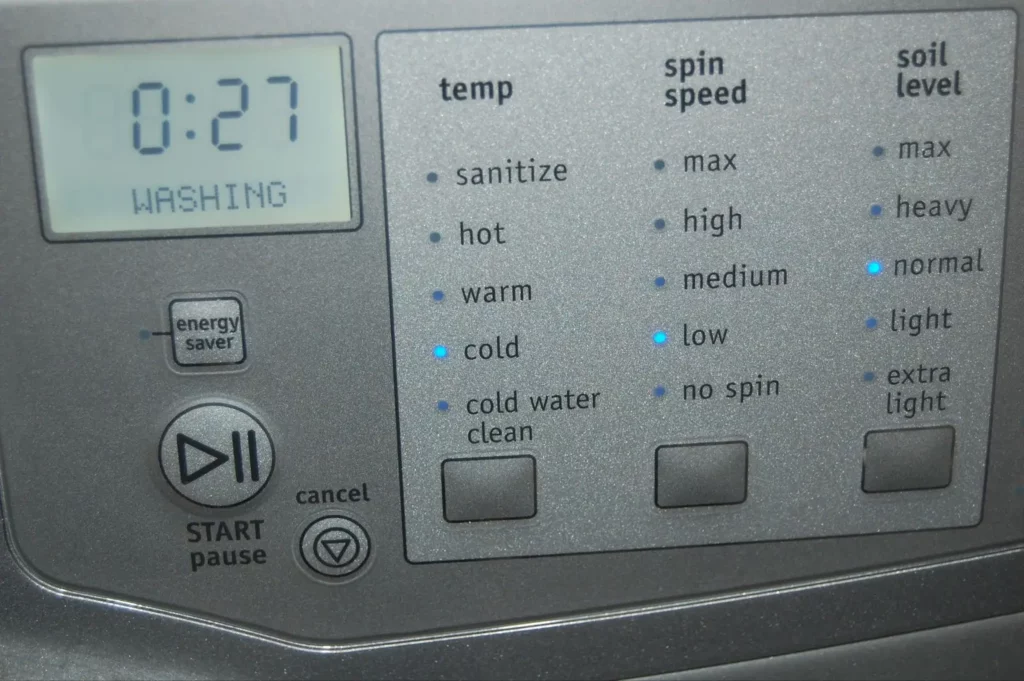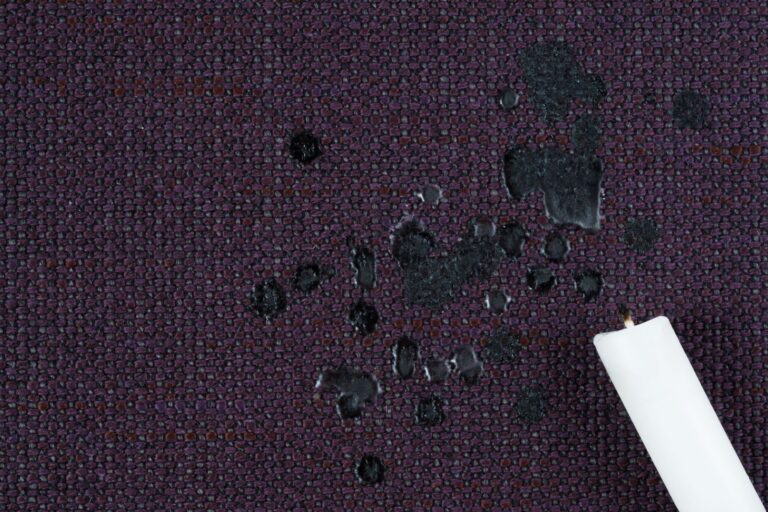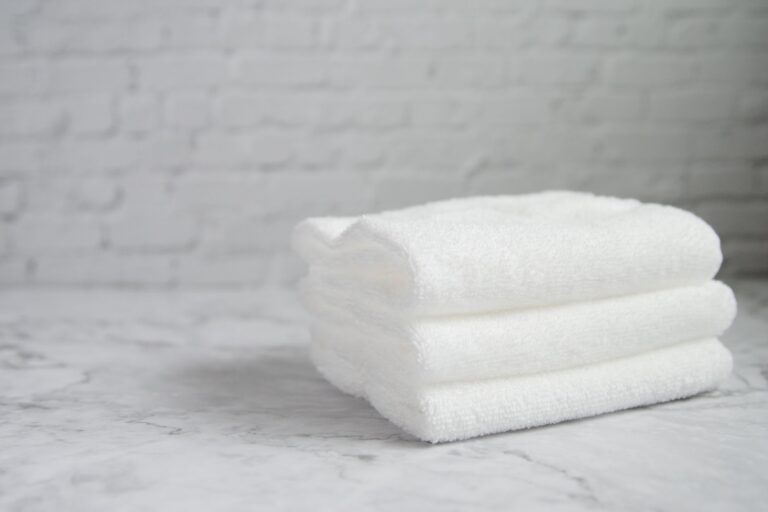When it comes to achieving the best results from your washing machine, understanding the concept of soil levels is key. Soil level meaning in washing machines is a setting that is essential for customizing laundry cycles based on the dirtiness of your clothes, ensuring efficient cleaning while preserving your fabrics.
What does soil level mean on a washing machine?
Soil level washer settings on washing machines refer to the amount of dirt or soil present on the clothes you are washing. By selecting the appropriate soil level, users can optimize washing cycles for various degrees of soiling, leading to better cleaning results.
What are the most common washer soil levels?
Before diving into specific settings, it’s important to understand the three common soil levels found on most washing machines.
Light Soil Setting
The Light Soil setting is ideal for clothes that are only lightly soiled or have minor stains. This setting offers a shorter and gentler wash cycle, suitable for garments that do not require intensive cleaning.
Normal Soil Setting
The Normal Soil setting is a standard option for everyday laundry with moderate levels of dirt and stains. It is effective for routine washes, ensuring thorough cleaning without excessive fabric wear.
Heavy Soil Setting
The Heavy Soil setting is designed for heavily soiled clothes with significant stains and dirt. This setting involves longer and more intense wash cycles, providing deep cleaning for items that require extra attention.

Benefits of Soil Level Settings
Soil level on washer settings offer several benefits, making laundry care more efficient and effective.
Enhanced Cleaning Efficiency
By selecting the appropriate soil level, washing machines can adjust their settings to target specific dirt levels, ensuring optimal cleaning efficiency for each load.
Optimized Resource Use
Proper soil level settings help in using the right amount of water, detergent, and energy, reducing waste, and promoting eco-friendly laundry practices.
Prolonged Fabric Life
Adjusting the soil level setting helps protect fabrics by preventing overwashing, thus prolonging the life of your clothes.
Customized Washing Experience
Soil-level settings allow users to customize their washing cycles, catering to different types of garments and cleaning requirements for a personalized laundry experience.
Consistent Results Across Varied Loads
Whether you have lightly soiled or heavily stained clothes, soil level settings ensure consistent cleaning results across varied loads, maintaining the quality of your laundry.
How do I determine the soil level of my laundry?
To determine the appropriate soil level for your laundry, evaluate the degree of dirtiness and select a setting that matches it. For lightly soiled clothes, choose a Light Soil setting, while more heavily soiled items may require a Heavy Soil setting.
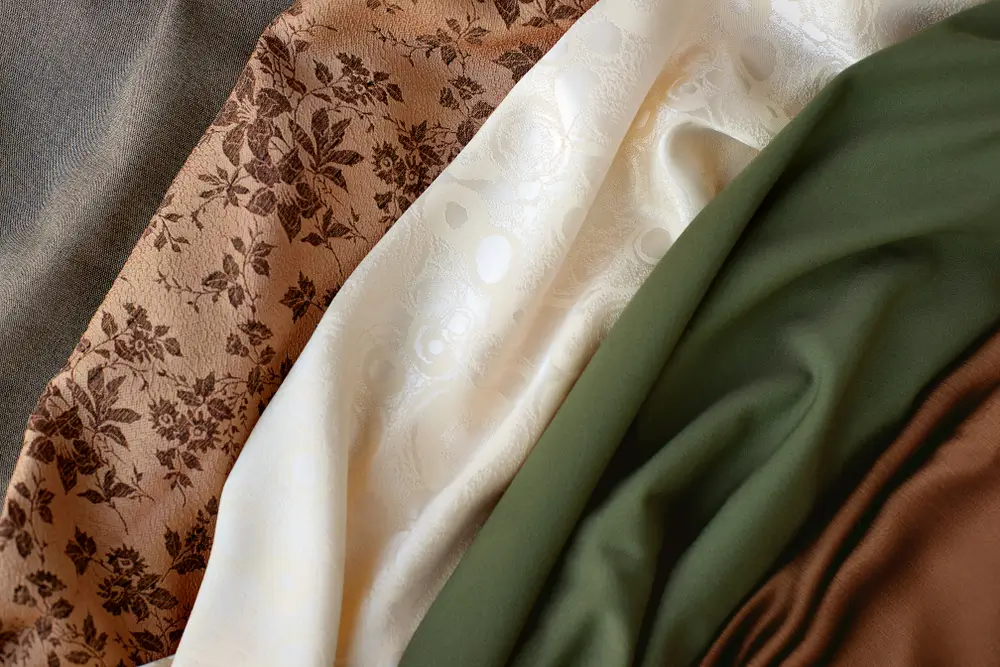
How do I choose the right soil level based on fabric type?
Different fabrics require different care levels. Ensure that delicate fabrics are washed with a gentler Light Soil setting, while more durable materials can handle the Normal or Heavy Soil settings.
How can I reduce my laundry’s soil level?
To reduce soil levels in your laundry, consider the following steps:
- Pre-treat Stains:
- Identify stains as soon as possible and treat them with a suitable pre-treatment solution or stain remover. This prevents stains from setting in and becoming harder to remove.
- For organic stains like food, blood, or sweat, use enzyme-based pre-treaters.
- For grease or oil stains, a small amount of dish soap can be effective.
- Regular Washing:
- Wash clothes regularly to prevent the build-up of dirt and oils that can embed into the fabric over time.
- Do not overload the washing machine as overcrowding can prevent thorough cleaning and rinsing.
- Proper Sorting:
- Separate heavily soiled items from lightly soiled ones to avoid cross-contamination.
- Sort clothes by color to prevent color transfer that can occur when washing mixed loads.
- Use appropriate water temperature settings; hot water is better for white and heavily soiled clothes, while cold water is suitable for colored and lightly soiled clothes.
- Optimal Detergent Use:
- Use the correct amount of detergent based on the soil level and fabric type. Too much detergent can leave residue, while too little may not clean effectively.
- Consider using detergents formulated for high-efficiency machines if applicable.
- Additional Cleaning Agents:
- Utilize fabric enhancers or boosters such as oxygen bleach or baking soda to help lift and remove stubborn dirt.
- Maintain the Washing Machine:
- Regularly clean the washing machine to prevent mold and residue buildup which can transfer to clothes.
- Run a cleaning cycle once a month using a washing machine cleaner or a mixture of vinegar and baking soda.
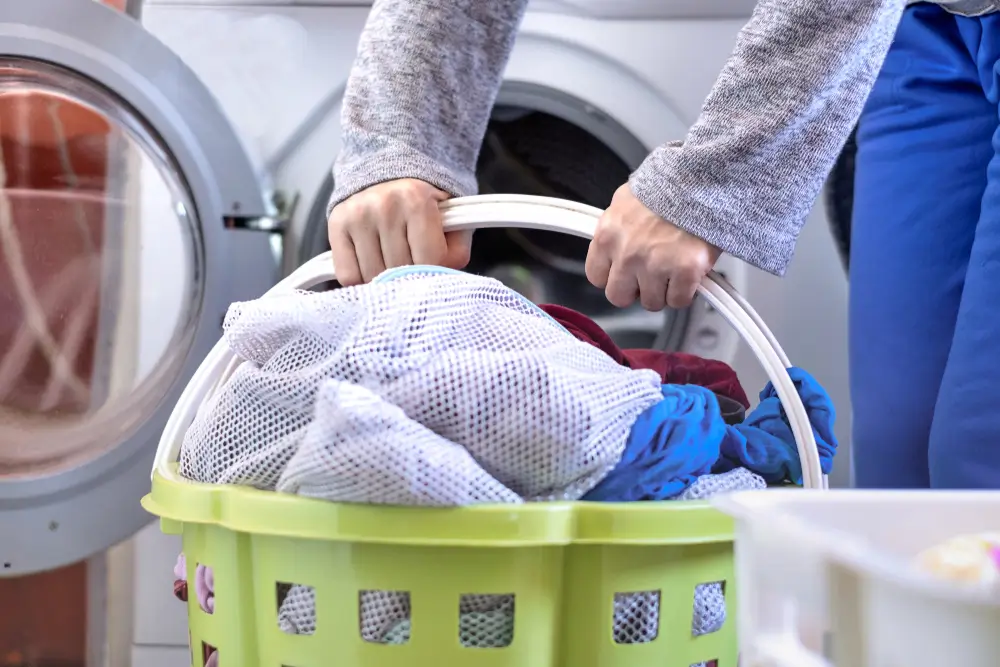
How long does a heavy-duty or heavily soiled wash cycle take?
Heavy-duty or heavily soiled wash cycles typically take longer than standard cycles due to the need for more thorough cleaning.
The duration can vary based on several factors:
- Brand and Model of Washing Machine:
- Different manufacturers have different settings and technologies which can affect cycle times. On average, heavy-duty cycles can range between 1 to 2 hours.
- Load Size and Soil Level:
- Larger loads or items with heavy staining may require longer wash times.
- Washing machines equipped with sensors may adjust the cycle time automatically based on the detected soil level.
- Water Temperature:
- Hot water cycles may take longer due to the additional time needed to heat the water.
- Type of Detergent and Additional Cleaning Agents:
- If using pre-wash or additional rinses, the cycle time might extend.
- Machine Efficiency:
- High-efficiency washing machines can have shorter or longer cycles based on the eco-settings chosen.
- Special Features:
- Modern washing machines may incorporate soak periods, multiple rinses, and varied agitation speeds which can extend the overall cycle.
By understanding these factors and adjusting settings accordingly, you can ensure your laundry is adequately cleaned within an optimal timeframe.
FAQs
Questions about soil levels and washing machines can clarify any remaining doubts.
Is the soil level the same as the water level?
No, soil level refers to the dirtiness of the clothes, while water level pertains to the amount of water used in a wash cycle.
What soil level should I use?
Choose soil at the washing machine level based on your clothes dirty. Lightly soiled clothes use the Light setting, moderately soiled clothes use the Normal setting, and heavily soiled clothes use the Heavy setting.
Does Soil Level Affect Water Level?
Yes, selecting a higher soil level may increase the water level to ensure adequate cleaning for heavily soiled clothes.
Do Soil Levels Differ Based on Fabrics?
Yes, soil levels may need adjusting depending on the fabric type to ensure proper care and cleaning efficiency.
What temperature should soiled water be washed at?
The wash temperature depends on the fabric type and the level of soiling. Generally, warm water is suitable for soiled clothes, but always refer to care labels for specific instructions.
Experience Top-Tier Laundry Services with SpinXpress
For many busy residents, SpinXpress is your top laundromat in Houston, offering exceptional services. At SpinXpress, we believe in providing a hassle-free laundry experience, ensuring high-quality care for your clothes with our state-of-the-art machines and dedicated customer service. With services like self-service laundry, wash and fold, pickup and drop-off, and commercial laundry, we cater to all your laundry needs.
Find us in Houston and discover why we’re the preferred choice for many. Let SpinXpress handle your laundry so you can focus on what matters most!
By understanding and utilizing soil level settings effectively, you can enhance your laundry experience, ensuring your clothes remain clean, fresh, and well-maintained.

